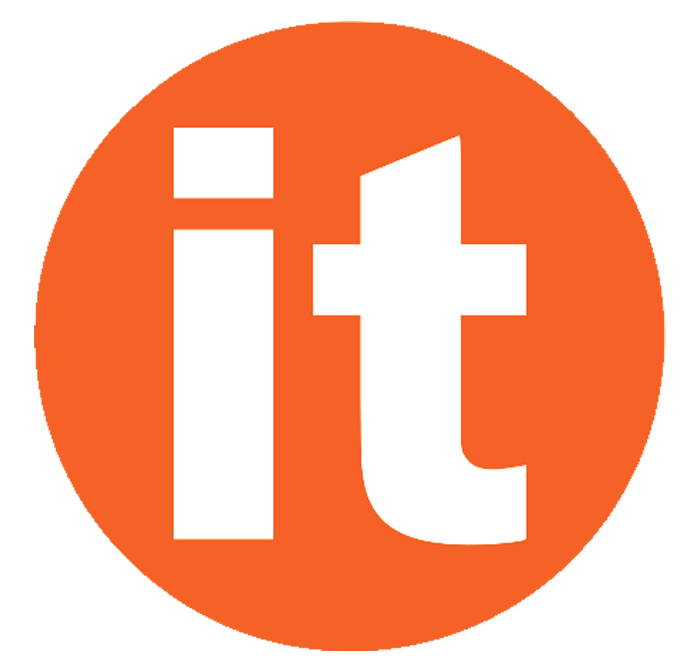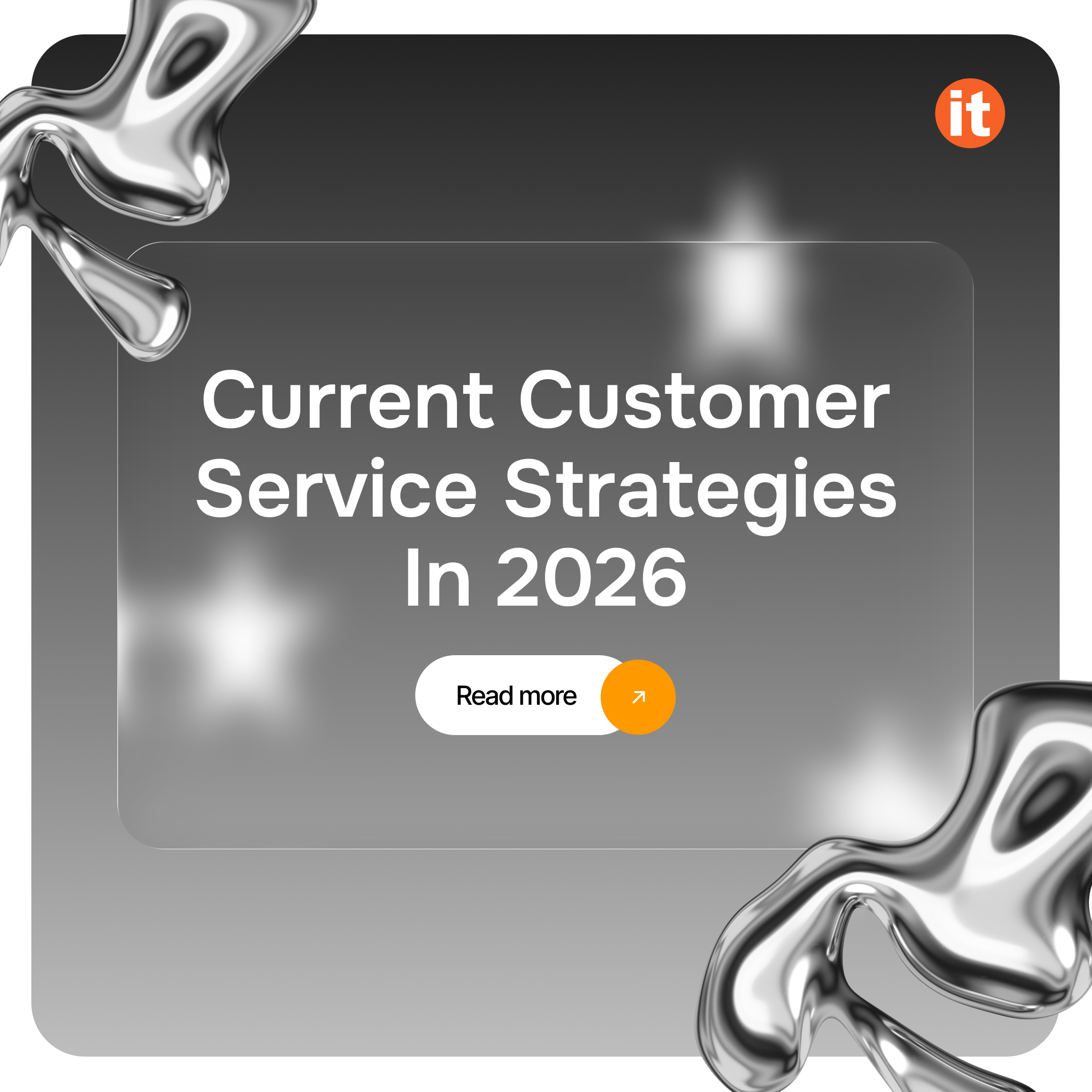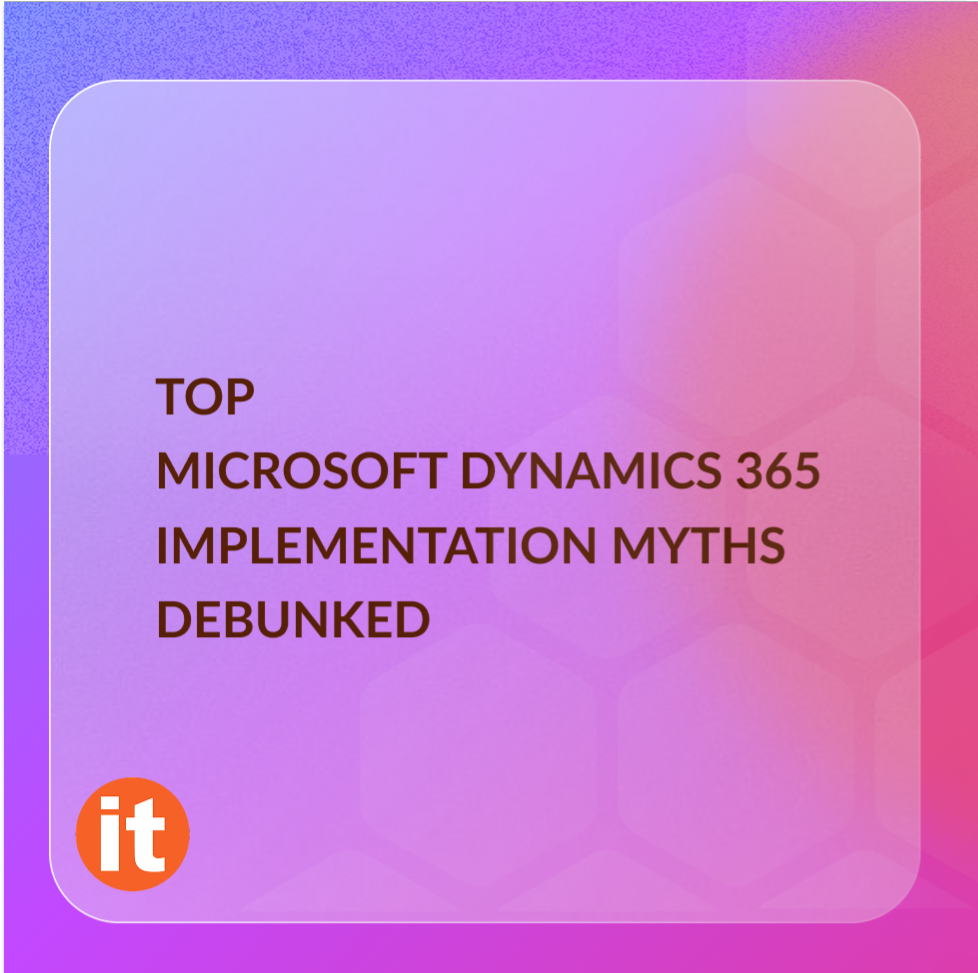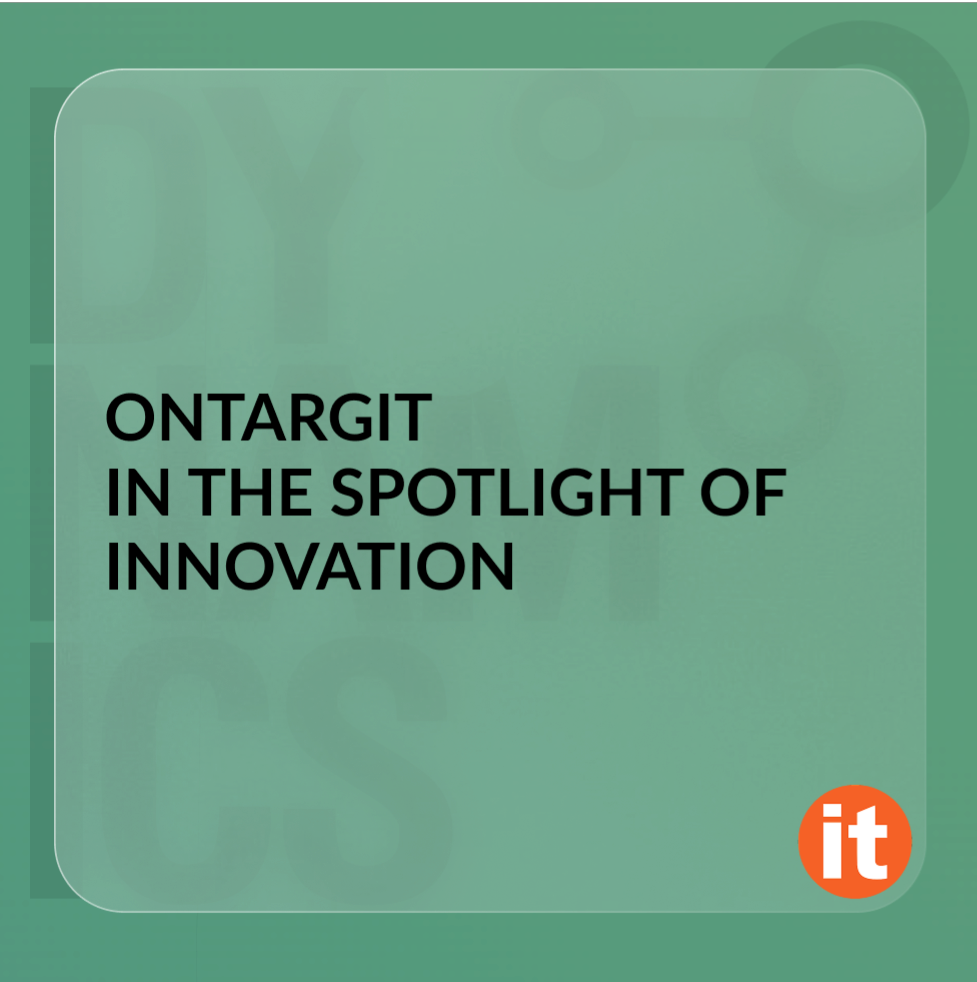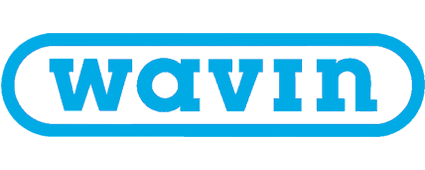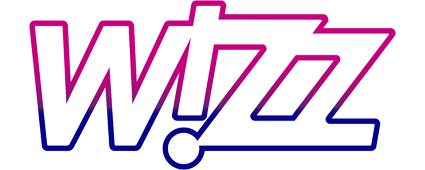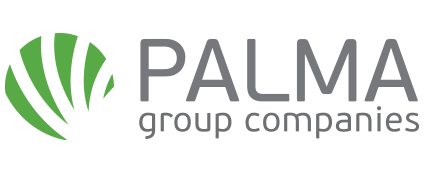Hybrid work promises us the best of all worlds.
You can experience both the ease and comfort of working from home, the connection and energy of engaging with coworkers in the office, all of that the flexibility and opportunity of working where you want.
But today, there are still challenges preventing this promise from becoming a reality.
It’s clear that the role of the office has changed. To make the office worth the commute, employees need a good reason—more than simply “because I said so.”
Meanwhile leaders lack data and tools on employees’ evolving work habits, forcing them to make policy and infrastructure decisions without knowing if those changes will make things better. Leaders deserve to know that the office spaces they’re investing in are right for how employees work best.
Optimize workspaces with Connected Workplace
Reimagining the workplace to support true flexibility will require technology to bridge the physical and digital divide. To do that, a new category of technology solutions is emerging called Connected Workplace. The Connected Workplace helps create modern workplaces equipped with technology that enables every employee to achieve their best outcomes.
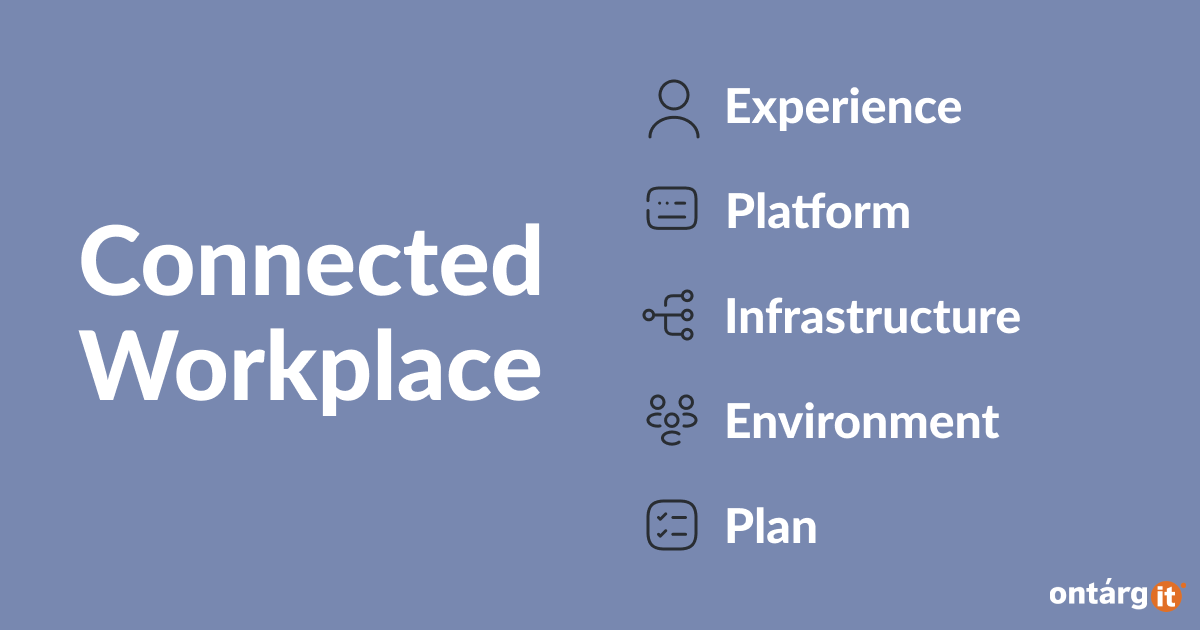
Introducing Microsoft Places.
When spaces have meaning and purpose, they become places. That comes from people gathering, bonding, and sharing an experience together. It’s what makes a house a home—and an office worth coming into.
Let’s go deeper into Microsoft Places – workplace platform that will reimagine hybrid and in-person work.
Coordinate where work happens to achieve the right outcomes.
Microsoft Places hybrid scheduling will leverage common data signals from Outlook and Teams to allow you to view the week ahead and see when your co-workers and close collaborators are planning to be in the office.
Intelligent booking will help you discover available spaces with the right technology to match your meeting purpose and mix of in-person or remote participants.
With Microsoft Places, you can prioritize your time while maximizing in-person connections.
Modernize the office with intelligent technology.
Technology can dramatically improve the in-office experience, especially places that were not built for hybrid work.
Microsoft Teams Rooms empowers everyone to participate regardless of location, thanks to its thoughtful, inclusive features. With the goal of rebuilding and strengthening bonds, Microsoft Places will also facilitate serendipitous meet-ups, allowing colleagues to easily create impromptu meet-ups and share with others in the office.
Optimize space and costs for changing needs with Microsoft Places.
To better manage physical space, leaders need space insights such as utilization data, energy-saving opportunities, and occupancy trends. These valuable inputs are what guide dynamic space adjustments on a particular day, like changing excess huddle rooms to overbooked collaboration rooms. And with advanced knowledge of expected occupancy, leaders can go further with their space optimization, reducing available floors on lighter days—saving energy expenditures and improving workplace experience.
Microsoft Places gets to be integrated with the Microsoft 365 solutions customers use every day, like Outlook, Teams, and Viva.
Unifying those data assets will enhance first and third-party solutions and address our customers’ biggest challenges related to how, when, and where people work.
Users will know what data is collected and be able to opt-in and out, and information will show trends without singling out individuals.
Microsoft Places will be available in 2023.
Microsoft ecosystem is solving the most pressing challenges about where work happens.
With the right technology, we can transform offices to fit our ever-evolving needs.
By creating responsive, flexible, and dynamic places to work, Microsoft Places will help make the promise of hybrid work a reality.
With OntargIT your company can get the best solution to maximixe the potential of your employees, so dont hesitate to get a free consultation from our experts.
